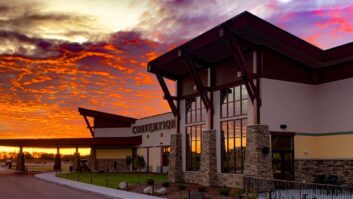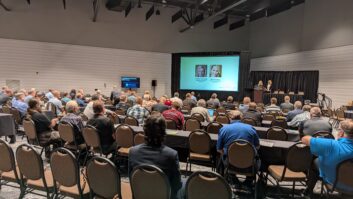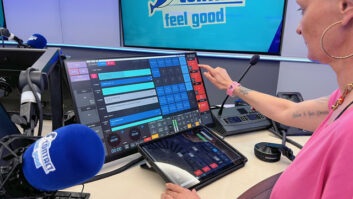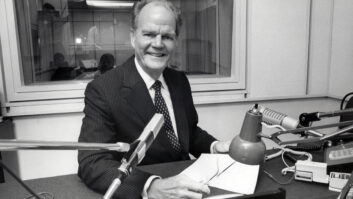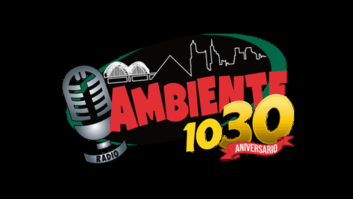A recent Radio World ebook explores trends in transmission.
Paul Stewart is the president of Summit Technology Group, which launched as a broadcast engineering firm and expanded into software manufacturing in 2018. Its products include ATMOS weather reporting, TundraCast streaming and SideCAR media logging, transcription and captioning. Services include studio design/build, transmitter installation and maintenance and regulatory compliance.
Radio World: Paul what do you consider the most important trend in how transmitters are designed or deployed?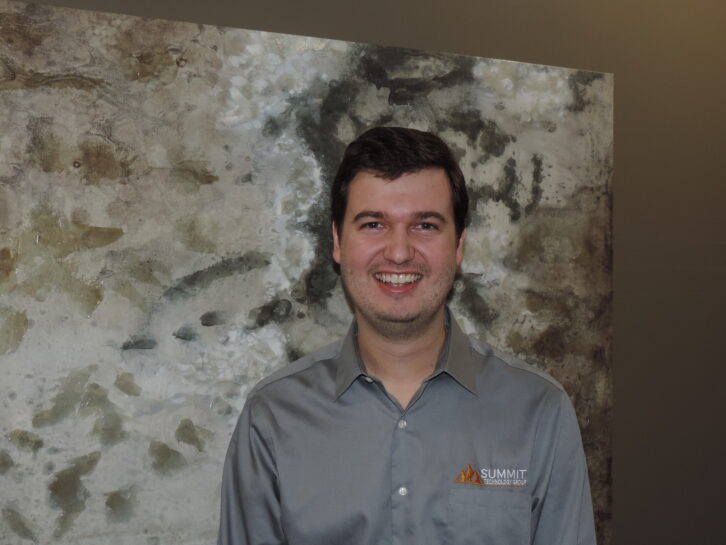
Paul Stewart: Currently, the most important design trend in modern transmitters is redundancy. Aside from the fact that solid-state transmitters are typically modular in nature, the individual modules have become smaller, and “common backplane” implementation is used less, creating fewer single points of failure.
Aside from amplifier and power-supply modules, most modern transmitter manufacturers make available, at least optionally, additional redundancy for exciters and certain control circuitry, and advanced on-board diagnostics are available for simplified on-site troubleshooting.
From a maintenance-and-repair standpoint, modern transmitter modules typically are fully hot-swappable. Failures at the transmitter facility can usually be resolved without any down time and, if sized accordingly at time of purchase, without any reduction in the station’s power output.
RW: How will the development of software-integrated air chains affect how engineers choose and deploy transmitters?
Stewart: The advent of software-integrated air chains has provided various advantages to broadcasters looking to reduce their reliance on uncommon and costly equipment.
MPX over IP, for example, has simplified the process of deploying transmission systems, particularly in situations where common off-the-shelf hardware is preferred due to availability, cost or site access limitations. This technology effectively replaces traditional, purpose-built hardware with software drivers capable of producing baseband with a sound card or interface that can be purchased quickly and easily.
Stereo generation is not the only technology transitioning to a software-defined model; studio-transmitter link and RDS metadata can also be handled this way. One of the products we have recently brought to market is PostMaster, which offers cloud-based PAD handling for our TundraCast STL product. With PostMaster, metadata is pushed to the cloud from an automation system located at a studio site and relayed to a transmitter site without the need for static IP addresses or any advanced router configuration. The associated audio stream is optionally used for primary or as a backup to a traditional STL.
With all of these innovations altering the traditional air chain, my team finds that more and more of the transmitter deployment process can be done on a computer. This allows our firm or broadcasters with centralized engineering teams the ability to better standardize and deploy transmitters with less time on site.
RW: How can managers shopping for a transmitter best calculate what it will cost to operate over time?
Stewart: Depending on what transmitter a station is currently using, there is almost always a cost value proposition to deploying a modern transmitter. Such cost savings include electricity consumption, reduced cost of maintenance, no need for consumables, availability of parts, warranty and the tax savings associated with buying or financing the deployment of a new transmitter.
With each transmitter we quote, my sales team helps stations evaluate the cost savings of both electricity consumption and consumable parts that are longer needed with modern transmitters. The largest cost saving, however, is the reduction of maintenance costs with a modern transmitter. In the event of a component failure, modern transmitters provide a rich set of onboard diagnostics that are more challenging to interpret from a legacy transmitter attached to a remote control unit.
The onboard diagnostics allow station personnel or our engineers to determine what parts must be ordered and what engineering personnel is required for an efficient onsite repair. Replacement parts are typically in stock and can be expedited to the site for a speedy repair.
From a financial and tax-planning standpoint, purchasing equipment outright or using financing can each offer special tax advantages. Some of the advantages include Section 179 deduction, bonus depreciation and other state-specific tax incentives.
Our sales team actively seeks out financing options for customers wishing to do so as well as make recommendations as to how a purchase may affect the broadcaster’s tax situation. Oftentimes, financing allows us to bundle the transmitter, spare parts kit, installation and travel expenses into one low monthly payment. It is important to speak with your accountant or tax preparer with questions about how a capital purchase will affect your tax situation.
RW: Is availability of parts for legacy transmitters a serious problem in our industry? What could be done about it?
Stewart: Finding parts for legacy transmitters has long been an issue for broadcasters. Besides commercial availability, one must also consider the lead time and cost of such parts. We typically find that transmission projects fall in line behind studio projects due to their ‘out of sight, out of mind’ nature. We stress the notion that failure of studio equipment is far more easily solved than a failure of a legacy transmitter, especially where redundancy is not a consideration.
Planning for a transmitter replacement well in advance of any critical failures is certainly the safest way to avoid the headaches associated with such catastrophes. Considering the transmitter is in good shape when a new transmitter is deployed, the existing transmitter is typically slated to become the backup transmitter.
It is also important to note that not all stations will have the luxury of a hot standby transmitter on a coax switch. In situations where Heliax is used for connection to the transmitter, using the old transmitter as a cold standby is a budget-conscious alternative to using a coax switch.
RW: What steps should an engineer consider to create redundancy in their plant?
Stewart: Much can be done at the transmitting facility beforehand to create an environment for redundancy.
Should a coax switch be implemented if there is a viable backup transmitter? Is the generator in good operating condition with an automatic transfer switch? Can the HVAC at the site handle the failure of a single air-conditioning unit?
One often overlooked facet of redundancy is getting all of the equipment properly configured to work via remote-control (and in a safety-conscious manner). Fail-safe contacts should always be implemented in any transmission equipment to avoid hot-switching scenarios, and the value of a redundant air chain is mostly lost when a drive out to the tower site is required to switch it into use.
